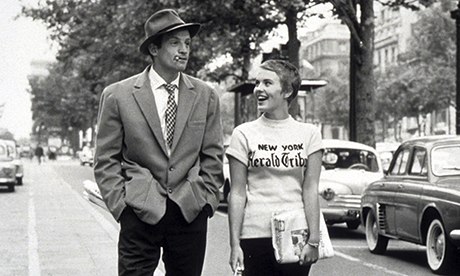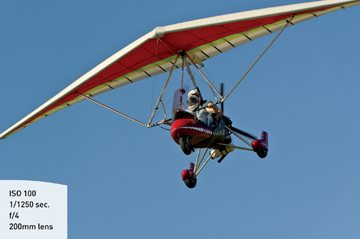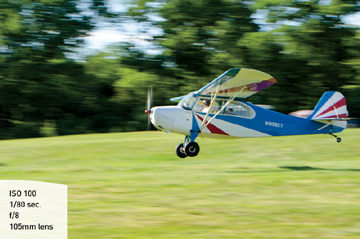Video Reflection
For the layout of the video, I decided to follow a set sequence, in which an explanation of the editing technique is given, followed by a cinematic exemplar and then my own visual example. I felt that this is a simple and coherent way to present the varying editing techniques.
However, upon analysing the final product, I found that it would be improved if further elaboration was given during the demonstration of each technique. This would be particularly useful within the Cross Cutting sequence, to explain that the two different shots are in fact occurring at the same time and not sequentially.

Whilst capturing Shot Reverse Shot, the 180 degree rule was unintentionally broken, as the camera was placed on the opposite side to where it should have been placed, in order to capture the technique precisely. This would result in the viewers perception of where the characters are on the screen, to become disorientated. As a result, when re-shooting this, I must ensure that the camera is placed on the correct side of the subject, in order to keep the feeling of continuity.
The technique Match on Action was the most difficult to synchronise correctly, as timing is paramount in order to portray it technically right. The action, or movement of the subject must be matched within each shot, in order to create a seamless transition.
Overall, the most challenging aspect of capturing and editing my own video examples, was creating a seamless flow of sequences that was authentic enough to represent the techniques correctly. By trying to achieve a variety of these techniques, I was able to develop and further my editing skills, in addition to my camera skills.























